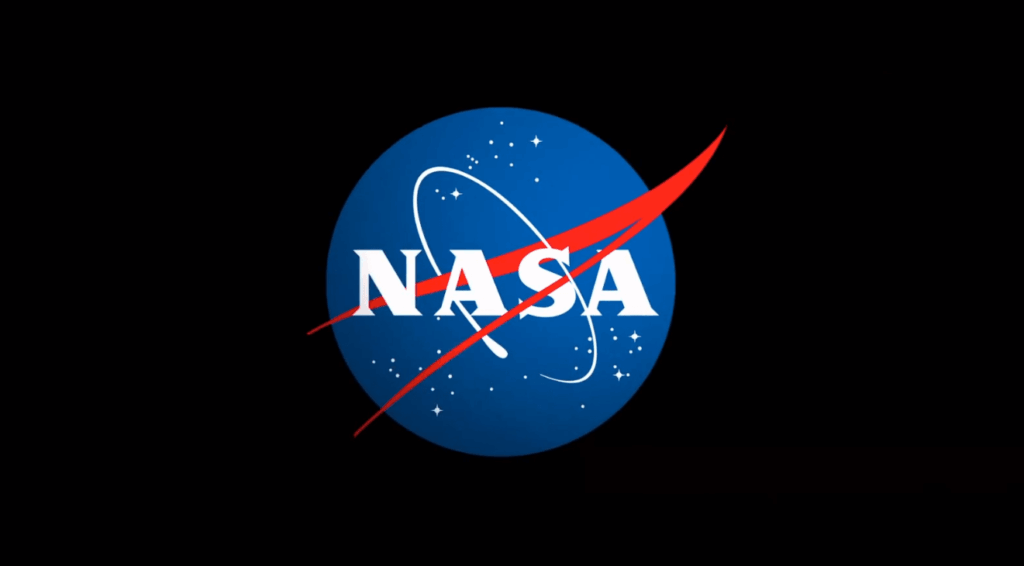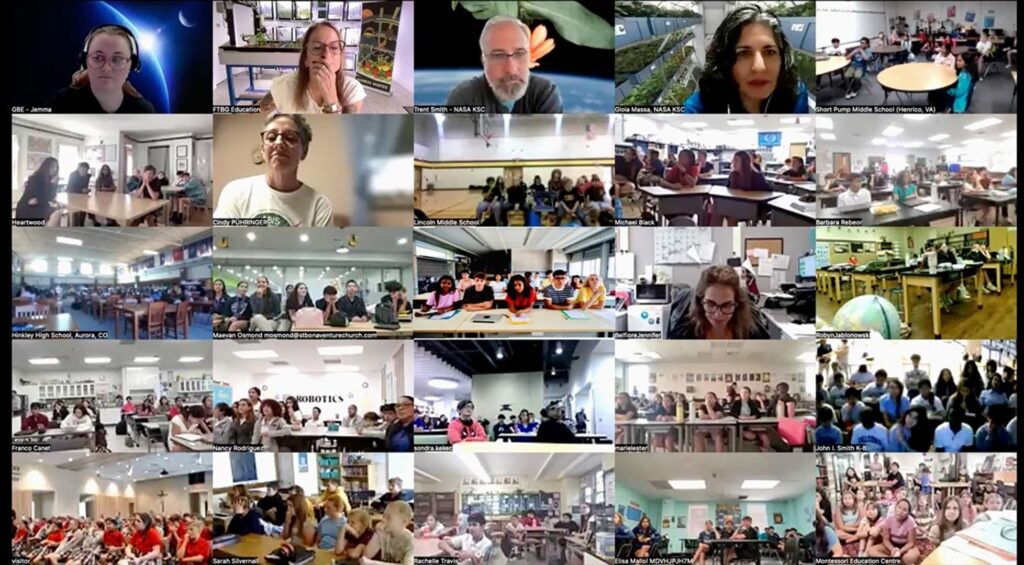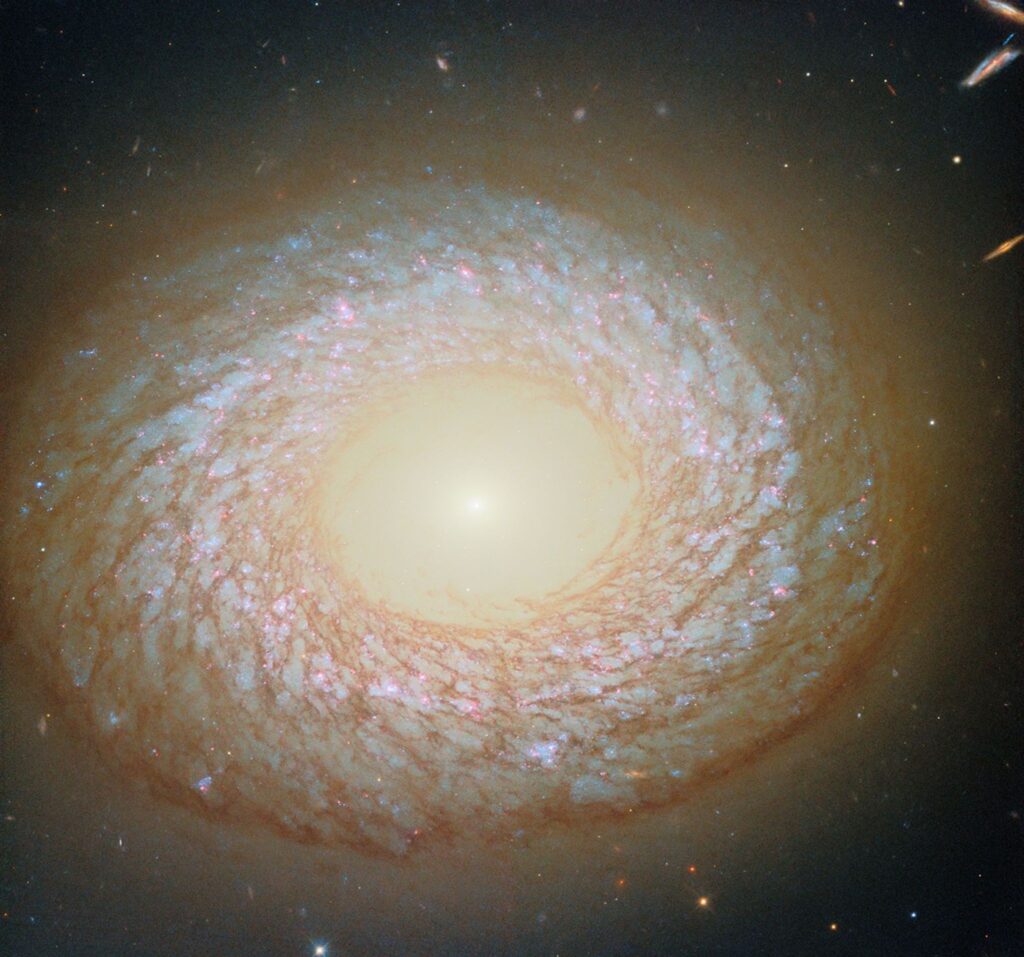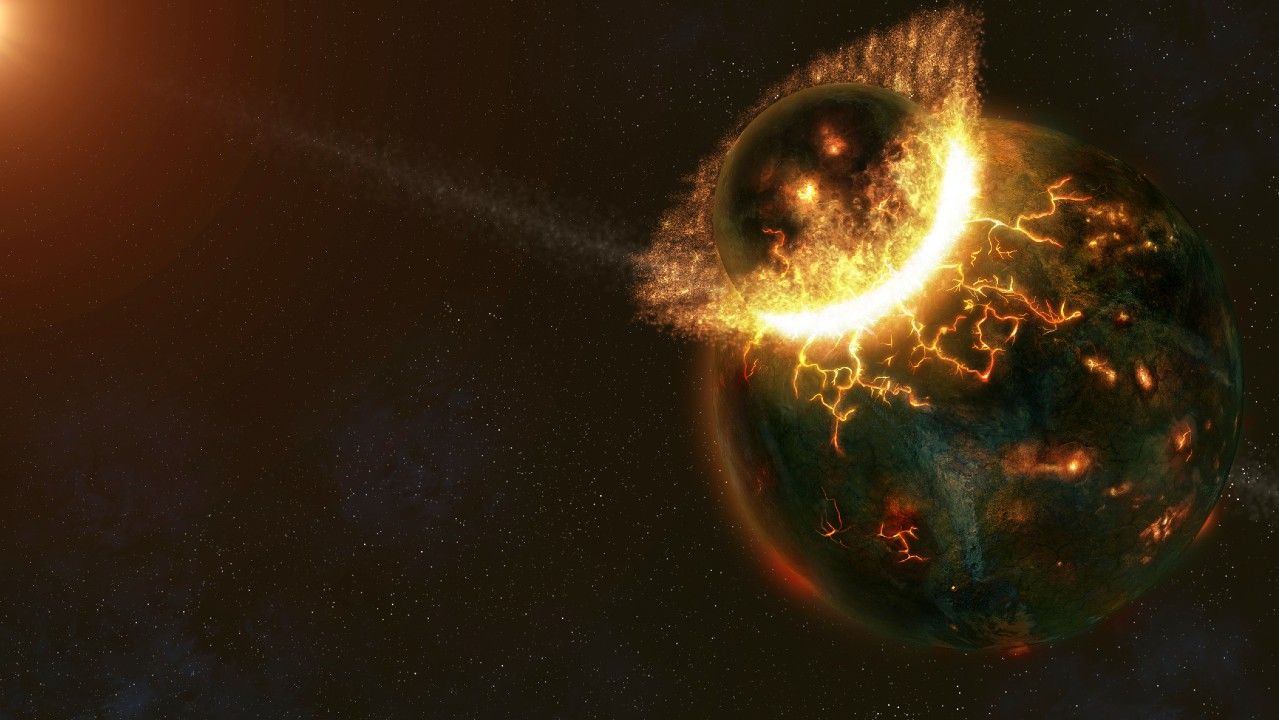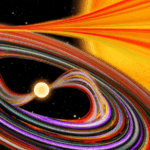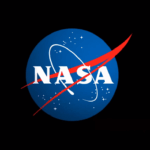Now Reading: China prepares for Shenzhou spacecraft launch as space station welcomes first international astronaut in 2026
-
01
China prepares for Shenzhou spacecraft launch as space station welcomes first international astronaut in 2026
China prepares for Shenzhou spacecraft launch as space station welcomes first international astronaut in 2026
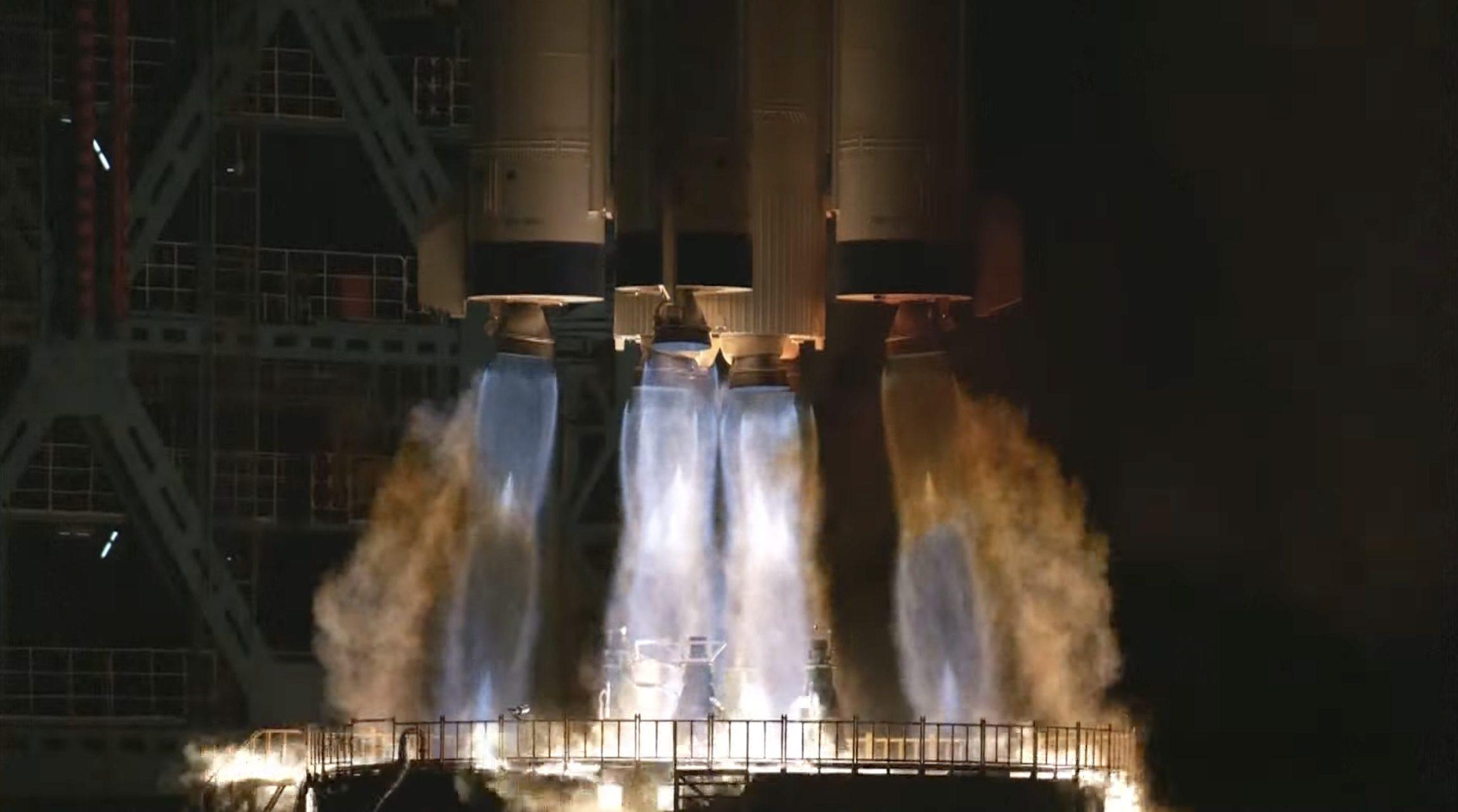

China is gearing up for the launch of an uncrewed Shenzhou spacecraft, while the Shenzhou-20 crew adjusts their plans following damage to their craft. The Tiangong space station is set to welcome its first international astronaut in 2026, marking a new chapter in China’s space exploration efforts.
The Shenzhou-20 crew recently returned to Earth on November 14, having spent 204 days in orbit, the longest single mission for Chinese taikonauts to date. Commander Chen Dong now holds the record for the highest total time spent in space by a Chinese astronaut, with 418 days across three missions. Chen and his colleagues Wang Jie and Chen Zhongrui entered a short medical quarantine upon their return. During their time in space, they participated in four extravehicular activities (EVA), including efforts to enhance the Tiangong station’s protection against space debris, closely approaching this record for the most EVAs in a single mission set earlier this year.
The crew’s planned return was initially set for November 5, but assessments identified a fine crack in one of Shenzhou-20’s windows, prompting a change in their return vehicle to the Shenzhou-21 as a precaution. The damaged spacecraft will remain attached to Tiangong, serving as an emergency lifeboat until the next uncrewed Shenzhou-22 mission, scheduled for launch on November 25.
In an interesting twist, the extended stay allowed the astronauts to enjoy some freshly prepared meals, including chicken wings and grilled steak, thanks to a new oven delivered with the Shenzhou-21 cargo. This oven, designed for microgravity cooking, features a multi-layer filtration system to manage smoke and particulates.
The China Manned Space Agency (CMSA) has also revealed plans for its next crewed mission, Shenzhou-23, which will include an astronaut from Pakistan, signifying the first international collaboration with China’s space program. The astronaut, selected from a shortlist, will join the October 2024 launch of Shenzhou-24 for a short visit to the Tiangong station.
Meanwhile, the CMSA is advancing the Mengzhou capsule, intended for lunar missions, towards its first uncrewed flight next year. This mission, alongside the Chang’e 6 lunar program that recently identified iron oxide in lunar samples, indicates a deeper chemical complexity in lunar geology than previously understood.
The aimed Chang’e 7 mission, set for mid-2026, will focus on scouting for water ice near the lunar South Pole, adding to China’s ambitious lunar exploration goals. This mission will deploy several tools, including a lander and a rover, and marks a concerted effort to gather significant data ahead of upcoming lunar research endeavors.
As China continues its developments, commercial launch providers are making strides toward their own inaugural missions, though several timelines have been pushed into the next year. Notably, Deep Blue Aerospace successfully tested its engines for a new rocket, while other companies like Galactic Energy and iSpace reported progress on their respective projects. However, delays have hindered some launches, demonstrating the inherent challenges in the rapidly evolving landscape of commercial spaceflight.
With China’s space exploration initiatives on the rise, the nation is poised not just to expand its own capabilities, but also to foster international collaboration, while navigating the complexities of both manned and unmanned missions in the coming years.
Stay Informed With the Latest & Most Important News
Previous Post
Next Post
-
 012024 in Review: Highlights from NASA in Silicon Valley
012024 in Review: Highlights from NASA in Silicon Valley -
 02Panasonic Leica Summilux DG 15mm f/1.7 ASPH review
02Panasonic Leica Summilux DG 15mm f/1.7 ASPH review -
 03How New NASA, India Earth Satellite NISAR Will See Earth
03How New NASA, India Earth Satellite NISAR Will See Earth -
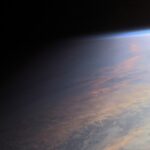 04And Thus Begins A New Year For Life On Earth
04And Thus Begins A New Year For Life On Earth -
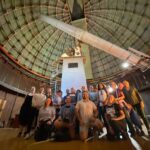 05Astronomy Activation Ambassadors: A New Era
05Astronomy Activation Ambassadors: A New Era -
06SpaceX launch surge helps set new global launch record in 2024
-
 07Space Force plans new ‘Futures Command’ amid pressure to speed up modernization
07Space Force plans new ‘Futures Command’ amid pressure to speed up modernization












